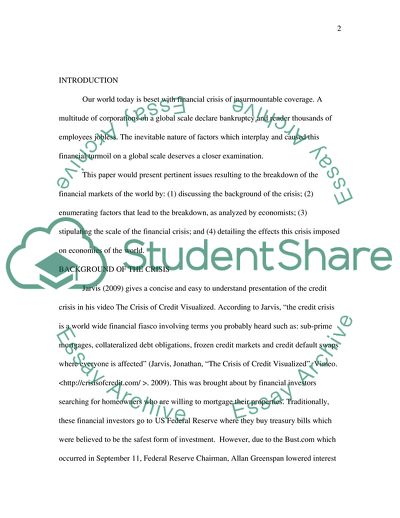Cite this document
(The Breakdown of the Financial Markets of the World Research Paper, n.d.)
The Breakdown of the Financial Markets of the World Research Paper. Retrieved from https://studentshare.org/macro-microeconomics/1721513-macro-econmics
The Breakdown of the Financial Markets of the World Research Paper. Retrieved from https://studentshare.org/macro-microeconomics/1721513-macro-econmics
(The Breakdown of the Financial Markets of the World Research Paper)
The Breakdown of the Financial Markets of the World Research Paper. https://studentshare.org/macro-microeconomics/1721513-macro-econmics.
The Breakdown of the Financial Markets of the World Research Paper. https://studentshare.org/macro-microeconomics/1721513-macro-econmics.
“The Breakdown of the Financial Markets of the World Research Paper”. https://studentshare.org/macro-microeconomics/1721513-macro-econmics.


